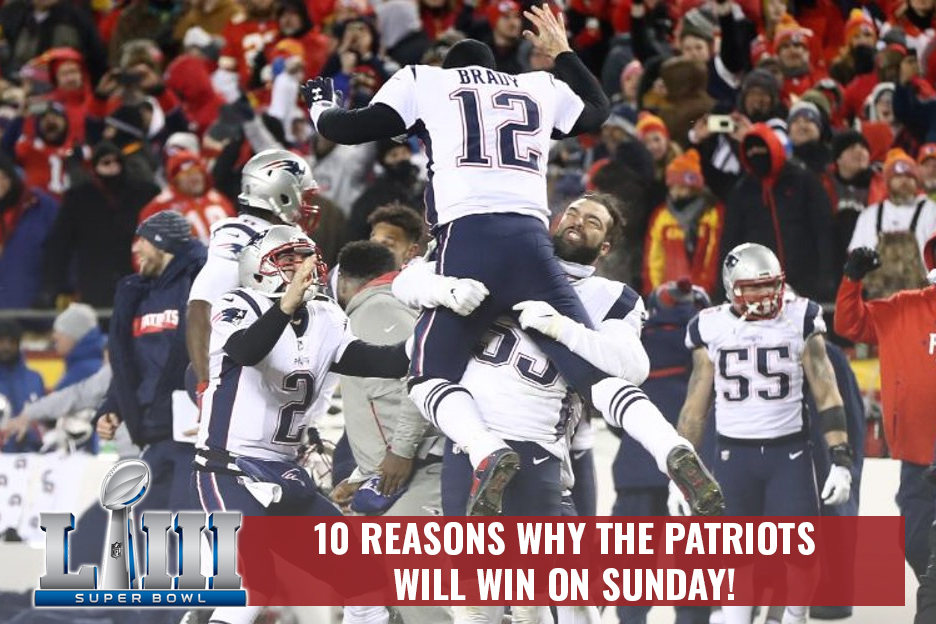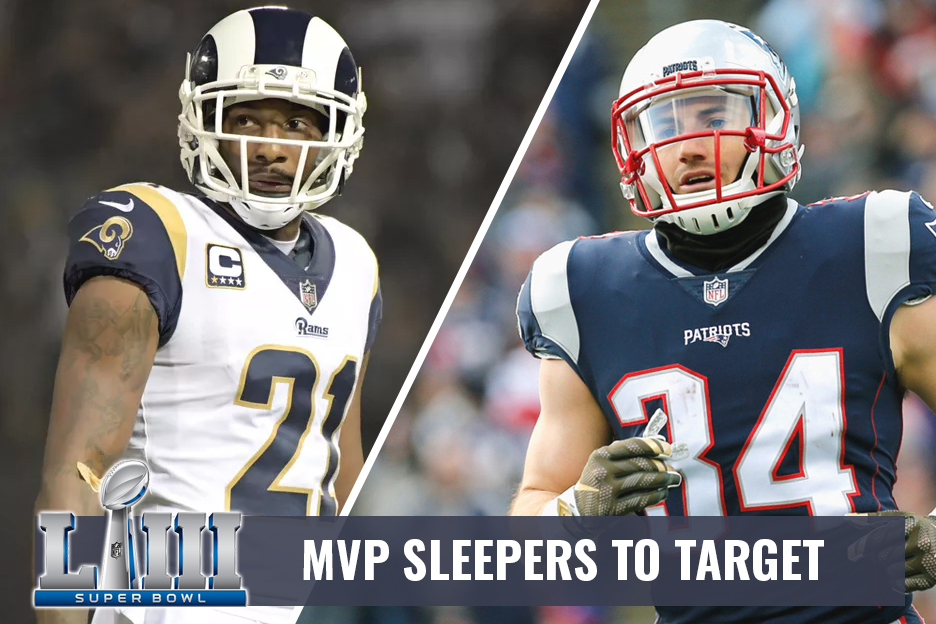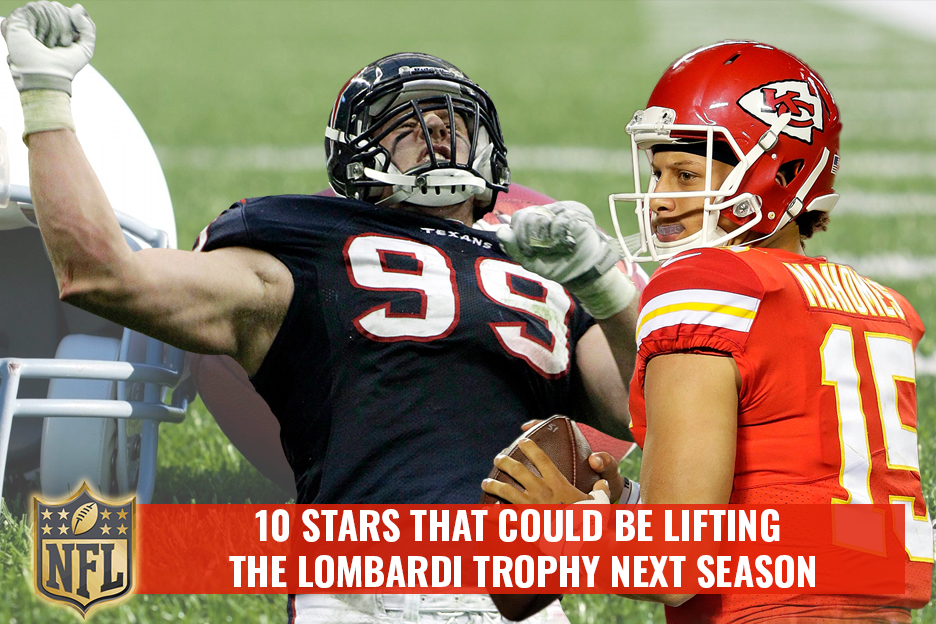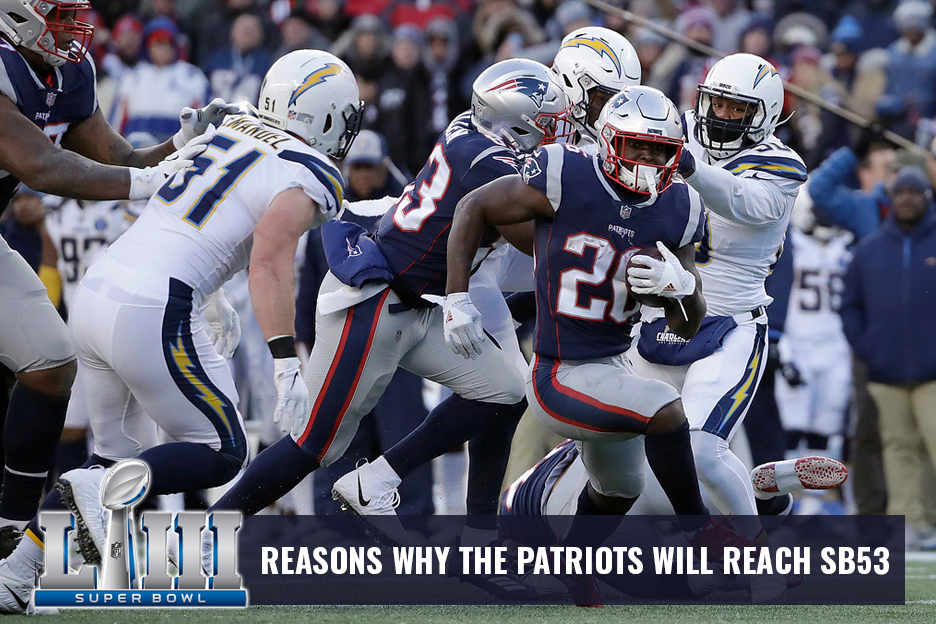

Posted in: General

One fun thing about sports betting is that there’s no shortage of strategies you can use. Bettors can do everything from traditional handicapping to developing complex systems.
Of course, just because you create your own sports betting strategy doesn’t mean that it’s destined to be a success. The vast majority of sports bettors lose money when considering the juice (a.k.a. vigorish) that bookmakers take from the losing side.
This is where it’s helpful to know the secrets of professional sports bettors. These are the people who win more than enough to outperform their fellow bettors and beat with the house vig.
Everybody would obviously love to know how a pro bets. Of course, there’s no unbeatable formula that they’ve every professional guards with their life.
But you can improve your winning percentage by understanding some of the pro “secrets,” or rather strategies that aren’t commonly discussed in your average ThoughtCo or eHow article.
I’m going to cover knowledge that professionals know so that you can adapt it to your own sports betting strategy.
One of the most-common tips in sports betting is to find value in lines.
As you may know, sportsbooks don’t set lines solely based on which team/athlete they think will win. Instead, their lines are based on public perception.
An old winning strategy used to involve betting against popular teams. This is back in the days when online sportsbooks catered primarily to fans, who promptly bet on their favorite teams.
The most-popular franchises like the Boston Celtics, Boston Red Sox, Dallas Cowboys, LA Lakers, Miami Dolphins, and New York Yankees draw heavy betting action. Therefore, you could once consistently find value on the other side of a line.
But simple betting strategies like this no longer win today. This isn’t to say that you can’t still win money by fading public teams, but the opportunities are more scattered.
Sportsbooks have wised up to common bettors’ tricks and spend more time than ever crafting lines that draw equal action on both sides.
The plan is for bookmakers to get equal action on each outcome so that they’re guaranteed a profit from the losing side. But this doesn’t mean that you can no longer find soft lines.
The main thing to understand is that today’s sportsbook action is no longer driven by the casual fan. Instead, the pros (a.k.a. sharp money) influence the odds more than ever before.
These can be individual pros or a professional betting syndicate. But the key is that they often use algorithms to guide their action.
I’m going to explain in the next point why mathematically driven systems are great for long-term profits. But the downside is that these strategies can overlook hidden value and last-minute lineup changes.
This is a simplified example, and minor injuries don’t always indicate an extra two points in value. But those who handicap individual games—rather than using systems—can find more value on occasion.
Again, the key is understanding what drives bookmakers’ lines and how the pros and syndicates bet.
Handicapping individual games and looking for value is a great way to pick winners. This is especially true as you experience and know which factors to focus on when studying matchups.
In fact, I recommend that beginning sports bettors start with learning how to choose winners by analyzing individual factors. Here are examples of what you can look at with NBA games:
You’ll find a number of other useful stats that you can examine. But this gives you a brief overview of what bettors can handicap.
The problem with this for a professional bettor, though, is that it limits how many games they can effectively wager on. And sharps must bet enough money to capitalize on their long-term advantage.
Of course, pros can make bigger bets on a smaller number of contests. But they also face more short-term volatility, because they don’t have as many wagers to balance out potential losing streaks.
Volatility is how much short-term results can vary when compared to the mean average. Sports betting is less volatile than many casino games (i.e. slots and video poker), but there’s still the potential for long downswings.
Another thing to consider is that the average pro only risks a small percentage of their bankroll on any given contest. Again, the key is to reduce volatility and avoid risking too much on any single wager.
Creating a system is an alternative way to bet on a large range of games without handicapping every single one. Your sports betting strategy can be based on a number of variables.
The system is set, but how do I know if it has potential? After all, this strategy could lose far more than if I asked random strangers to make my picks.
The answer is back testing, where you look for games played in recent seasons that meet your strategy’s parameters. The goal is to find out how many bets you’d win using historical data.
Every MLB season features 2,430 games, plus the playoffs. Therefore, you’d need to spend countless hours looking for games that meet your system’s parameters.
A much easier route is to use software that allows you to look through historical data and quickly find games that align with your strategy. The software can crunch data and determine your win rate.
You can either purchase advanced programs or use free software. Both types of software can get the job done.
One thing to note is that the majority of your created systems will be losers. This leaves you having to develop multiple systems before finding a winner in most cases.
Also, note that using a wider range of data is better. Winning over a larger sample size allows you to have more confidence in your system.
Most North America sports betting action takes place on football and basketball. Meanwhile, baseball, hockey, and tennis draw considerably less betting interest.
Bookmakers are on top of their game when creating lines for football and basketball. This leaves these sports offering less value on a regular basis.
You can see why winning bettors view these as the toughest sports to beat. And many sharps look for action in less-popular sports as a result.
But on the other side, these bettors must ensure that there’s enough action and lines. It’s pretty hard to make a living wagering on sports like archery, polo, and sailing.
Baseball, hockey, Major League Soccer (MLS), and tennis strike a good balance between being popular enough without feeling unbeatable.
Diving into less-heralded sports is a good way to earn profits, especially as you learn where to spot value in these games.
Another thought worth mentioning is that winners stay away from most TV games. The bigger the game, the sharper the line.
This is another case where bookmakers create their most-accurate lines, because they know televised contests are more popular.
This isn’t to say that every sharp steers clear of TV games. The Super Bowl is the most popular annual sporting event, and pros still wager five or six figures on this contest.
But you should at least reduce your bet size when wagering on TV games.
Perhaps the biggest divide between winning and losing bettors is patience.
Many bettors realize from a logical standpoint that they shouldn’t bet a quarter of their bankroll on a single contest. But too many gamblers feel like they need to cash in on their “sure thing.”
I’ve had too many sure bets lose in the ninth inning or fourth quarter to believe in guaranteed locks. This wasn’t always the case, though, and I once made bigger wagers in pursuit of huge scores.
Professional stock and cryptocurrency traders make a great deal of money off people who have a fear of missing out (a.k.a. FOMO). Amateurs pour money into rising stock/crypto based on FOMO and dream of going to the moon, only to see their investment crash as the vets sell off.
Sports betting is similar in that long-time losers research a game and convince themselves that their chosen outcome is a given. They may even watch talking heads and search forums to validate their choices through confirmation bias.
But those who last the longest in sports betting exercise patience and are willing to slowly work their way up the ladder. This can best be seen in bankroll management, where winners only risk a small portion of their funds each time.
A common unit size among the pros is 1% of their bankroll. This means that if you had a $50,000 bankroll, you’d avoid betting more than $500 per contest.
More-aggressive gamblers may bet anywhere from 3% to 5% if they’re really confident in a wager. But the key is to avoid risking a significant amount on every game.
You instead want to spread your risk out in the event of downswings. Remember that even the best bettors don’t usually win more than 55% of their wagers in the long run.
Therefore, an aspiring pro should keep most of their bets around 1-2% of their bankroll. This may not result in huge wins right away, but it gives you a long-term chance to profit.
Many sports bettors look at their wins and losses as a measure of success. And this is one element that you want to consider when judging your success.
Earlier I mentioned that top sports bettors usually win around 55% of their wagers. A win rate this high can allude to a successful gambler.
But the problem with focusing on win rate alone is that you can win most of the time and still be a loser. Moneylines are a perfect example, because those who frequently bet the favorite have a higher chance of winning.
This is especially pronounced when one takes big moneyline favorites. Check out the win rates you’d need to break even based on different moneyline odds:
*Win rate to break even
| Favorites | Underdogs |
| -105 = 51.2% | +105 = 49.0% |
| -110 = 52.4% | +110 = 48.0% |
| -115 = 53.5% | +115 = 47.0% |
| -120 = 54.5% | +120 = 45.0% |
| -125 = 55.6% | +125 = 44.0% |
| -130 = 56.5% | +130 = 43.0% |
| -135 = 57.4% | +135 = 43.0% |
| -140 = 58.3% | +140 = 42.0% |
| -145 = 59.2% | +145 = 41.0% |
| -150 = 60.0% | +150 = 40.0% |
| -155 = 60.8% | +155 = 39.9% |
| -160 = 61.5% | +160 = 38.0% |
| -165 = 62.3% | +165 = 38.0% |
| -170 = 63.0% | +170 = 37.0% |
| -175 = 63.6% | +175 = 36.0% |
| -180 = 64.3% | +180 = 36.0% |
| -185 = 64.9% | +185 = 35.0% |
| -190 = 65.5% | +190 = 34.0% |
| -195 = 66.1% | +195 = 34.0% |
| -200 = 66.7% | +200 = 33.0% |
Few people would expect to be a loser when winning 65% of their bets. But this can happen if you only take -200 moneyline favorites and don’t win the vast majority of the time.
A better way to view this is by looking at your average profit on each bet. This is a good way to measure your results across a broader range or wagers.
Here’s the formula on calculating your average profit:
The win rate simply refers to your winning percentage per bet. Loss rate is the percentage of bets that you lose.
The per dollar profit is how much you stand to win on a successful bet. For example, making a point spread bet with 10% juice means that you’ll win $0.91 for every dollar wagered (1 / 1.10).
A 5.1% win rate is as good as it gets in sports betting. This means that you’re winning $51 for every $1,000 wagered.
Of course, the only way to truly know your win rate is by keeping records. Herein lies another hallmark of successful bettors.
You can keep a spreadsheet of all your bets over time. Each entry should list the amount bet, result, type of bet, date, and sportsbook.
You can monitor your progress every several hundred wagers or so.
Winning sports bettors don’t hold a mysterious secret that’s guarded like Freemason documents. Instead, they follow many of the points listed in this post, which are available with enough study and dedication.
Like anything, becoming a pro takes time. You can’t spend 10 minutes learning the habits of pros and expect to win right away.
But this isn’t to say that you can’t speed up the process by knowing where to look. The advice in this post will give you a shortcut regarding how the pros think.
And many of these winners don’t want you to know their habits. An increased number of successful bettors means less of an edge for the sharps.
You can crash their party by analyzing the right info and dedicating yourself to learning advanced stats and systems.








